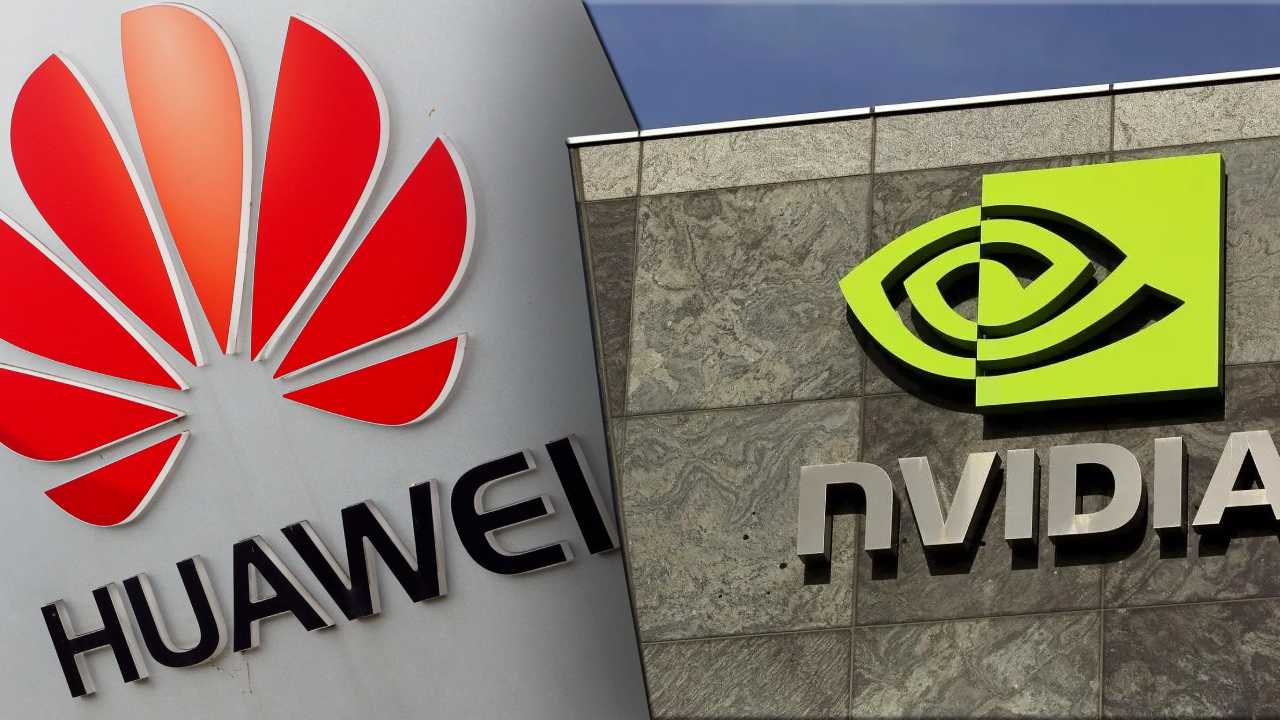Huawei Technologies has launched its most advanced artificial intelligence chip to date — the Ascend 910D — as part of a bold attempt to rival Nvidia’s H100 GPU in the high-performance AI processing space. The move underscores China’s continued push for technological independence amid intensifying U.S. restrictions on semiconductor exports.

Huawei unveiled the chip alongside its larger compute platform, CloudMatrix 384, a high-density AI cluster powered by 384 Ascend 910C processors. The announcement was made during the World AI Conference in Shanghai, where the company showcased how the new architecture significantly increases computational throughput — even if it trails behind Nvidia’s solutions in power efficiency and software ecosystem maturity.
“Despite the constraints we face, we’re building our own future in AI,” a Huawei engineer told the press. “Ascend 910D isn’t just a chip — it’s our proof that innovation under pressure can thrive.”
Matching Power with Scale
Unlike Nvidia’s monolithic architecture, Huawei’s chip strategy relies on advanced packaging techniques that combine multiple dies into a single processor. The 910D follows in the footsteps of its predecessor, the 910C, but introduces improved interconnects and enhanced compute density.
Huawei is reportedly working closely with major Chinese technology firms, including ByteDance, Alibaba, and Baidu, who have begun deploying Huawei chips for their growing AI workloads. According to estimates, Huawei intends to ship over 800,000 Ascend 910B and 910C chips in 2025, despite a lack of access to cutting-edge lithography tools due to ongoing sanctions.

CloudMatrix 384: A Domestic Supercomputing Leap
The CloudMatrix 384 is designed to counter Nvidia’s NVL72 platform. Though the Chinese solution consumes more power and demands a heavier engineering footprint, it outpaces Nvidia’s system in sheer compute and memory bandwidth — attributes crucial to training large language models and generative AI systems.
“It’s not just about competing — it’s about closing the gap,” noted a semiconductor analyst at Shanghai Microelectronics. “Huawei’s CloudMatrix cluster is a serious show of capability.”
Looking Ahead: Ascend 920 and Strategic Goals
Huawei also teased its next-generation processor, the Ascend 920, scheduled for release later in 2025. The company aims to keep iterating despite persistent restrictions, using a mix of domestic innovation and unconventional supply chain strategies to remain competitive.
